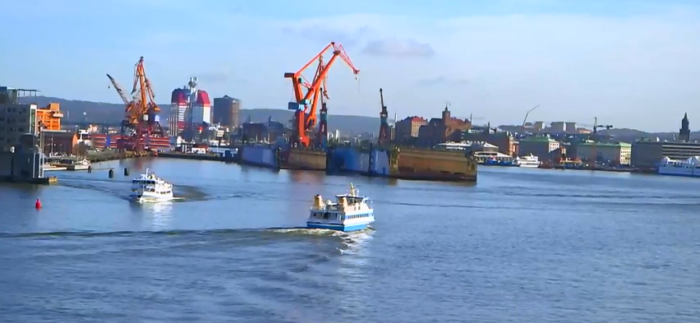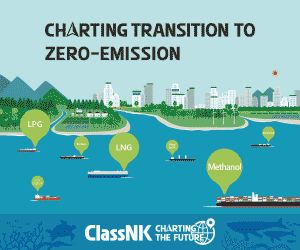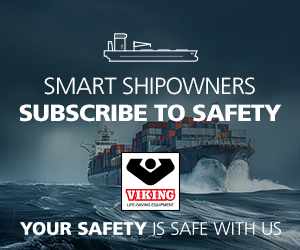Arrival at port is an important part of a ship’s voyage and there are actions to be taken aiming to ensure the smooth sail and safe approach of the ship at port. Failure in carrying out the appropriate procedures might lead to unfavorable situations both for vessel and port.
Getting ready for a ship arrival
Operators should understand that there are some important preparations to be done when a ship arrives at port. Such procedures are considered critical as there are a number of complexities involved, and require both engine and deck departments to be prepared in order to enable safety for ship and crew.
Actions prior arrival
Step1: The crew should focus on key issues related to safe entrance, berthing and cargo operations of ship at the port, and subsequently complete the pilot card.
Step2: The passage plan should be updated and approved by the Master, who should also be in constant communication with the Chief Officer and the Chief Engineer in order to keep them informed well in advance for the “time of arrival”.
Step3: A meeting attended by senior officers and the officers, is crucial in order to discuss and clarify all necessary issues before arrival.
Key points to be aware of
It is important to note that any action related to this kind of operations should be checked by the officer in charge with the use of a “Preparations for arrival” checklist, which may contain all the items that the crew should concentrate on. This checklist should be placed in the bridge and be complete and signed prior arrival. Then, the results of the checking procedures should be mentioned in the deck log book.
During the berthing of the ship, all crew members are assigned duties according to Master’s orders. Therefore, the arrival meeting should also include discussion for Mooring Plan so as each crew member to be informed for his duties and the requirements and targets as set by the Master for mooring.
Key points for safe arrival at port
The main engine of the ship should always be tested; the testing is generally done before the pilot board the ship. Additionally, a careful testing of all important machinery systems is needed such as steering gear, generators, important navigation equipment (ECDIS, compasses etc.), thrusters and mooring winches before the maneuvering process starts. Also, anchors maintenance and clean before use should always take place prior arrival.
A useful checklist aiming to provide the necessary steps is required to achieve vessel’s proper preparation before entering the port, e.g. like the one provided by SQE MARINE herebelow, containing the following sections:
- Passage Plan
- Equipment Checks (prepared, tested and ready for use)
- Before arrival
- Port and Pilotage Requirements

















































































Dear All,
On board not time for discussion – on board during arrival/departure time for accurate execution of commands from Captain. If Officers/Engineers don’t now what to do in such moment, their place is not on board. A real sailor always now what to do.
Discussions, meetings, briefings – these are forms of cooperation between people on land. There is no democracy on the sea, there is a captain and his ship on the sea, and he must know what to do to safely unmoor and moor. Hawk!
Dear Captain,
Time changes; true competence has been redefined; people have become more open minded and inclusive. Earlier times, during your days, many people died, so should your mindset. If someone lacks self esteem, motivate; If they forgot about something, remind; If they lack knowledge about something, effectively teach. On board is a teamwork effort. A true COMPETENT leader does not choose his subordinates and rely solely on them for his own convenience; He is COMPETENT enough to make everything around him in order without expecting to lay everything for him in order. Not unless someone is completely complacent, then we can at the very least have a little heart. Being heartless does not make you tough; it only goes to show your weakest point you’re afraid to face. Let’s just be kind, it’s completely harmless.